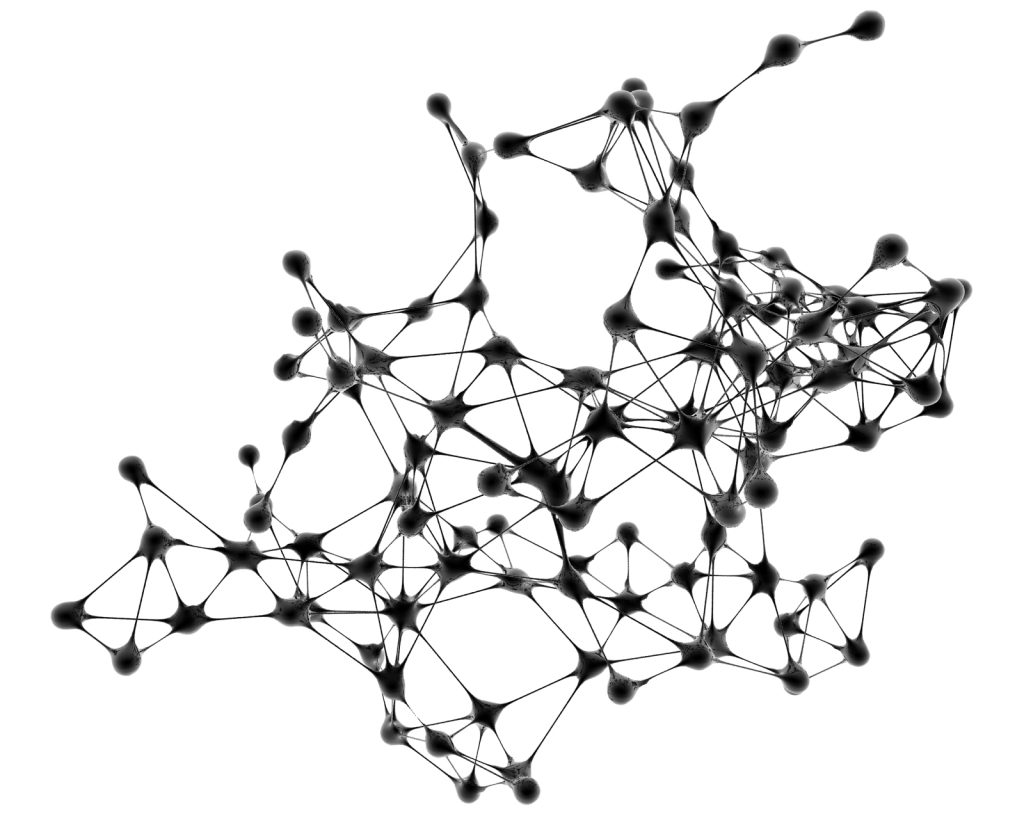
Image credit: Image credit:
https://archimorph.files.wordpress.com/2010/04/structure_test_02.jpg
When I was a young teacher, I was surprised to learn the importance of structure, not for its own sake, but for its ability to give students freedom. If I asked students to write a poem, I got back flowery, adjective-riddled work, as students struggled to write. If I gave them a form–the more complex the better–everything changed. The form was the world out of which they imagined the most amazing work. My most successful lesson centered on the cinquain.
This means building my world and the rules of that world early. While world building is most often associated with fantasy and science fiction, I’ve found it equally applicable to other genres. As a historical fiction writer, for example, I have two worlds to consider. One is the historical period where I’ve set my novel, and those rules are pre-set. My job is to research that world to choose what I will use in my fictional world. I then focus on the “fiction” and my characters. Once I’ve built my fictional world, I weave the two for the world of my novel.
This sounds a lot like “pantser” vs. “plotter,” but I find it effective to work in both. I need my fictional world in place–at least, roughly–first (the plotter). Then I write. As I make “discoveries” along the way (the pantser), I adjust. Sometimes, I adjust the world I’ve built (the framework), making sure to go through what I’ve already written to adjust for the change. Sometimes, my characters give me a discovery, in which case my built world and its rules are my support for integrating the discovery and making it organic to the work. I move back and forth, using my built world as the spine of my novel.
While my world must include all the elements of the novel–plot, character, setting, etc.–the spine of that world and my freedom to imagine within that world rely on the rules and the spine I establish in the beginning.
Leave a Reply